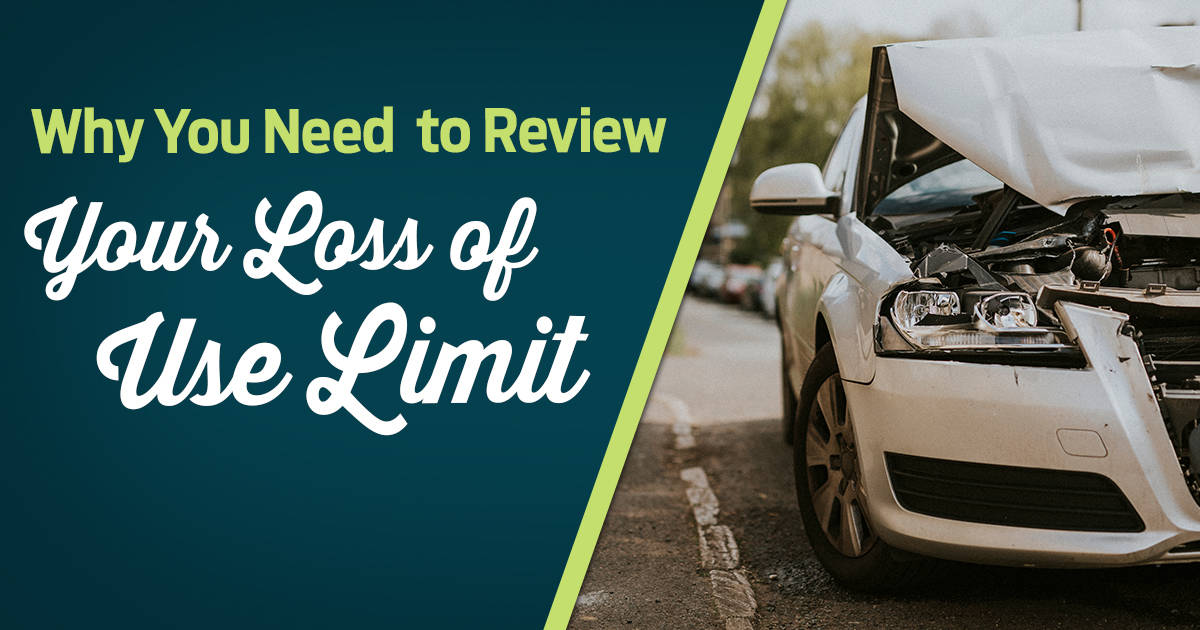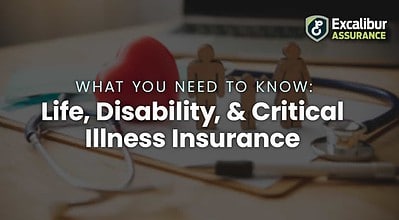
Do Insured’s Have Adequate Loss of Use Limits?
September 19, 2022
Share:
After the rippling impacts that the novel coronavirus has left behind on our healthcare system, our economy, and our work lives, many of us are still finding our way in this world of “the new normal.” A lot of the issues that once seemed insurmountable during the initial period of closures caused by COVID-19 are starting to ease, including supply chain issues. Stone, lumber, and other material mills have steadily begun to reopen and resume operations as per usual. Unfortunately, the ramifications that stalls, delays, and closures have had are still causing vehicle repair times to be lengthier than they would in a pre-COVID world, and many vehicles are being cooped up in shops to undergo repairs for longer than a standard loss-of-use endorsement would cover. As well, car repair costs are up almost 20%.
TLDR; loss of use, an endorsement (i.e., an optional add-on that you may purchase for an increased premium) offers you a replacement vehicle or provides you with transportation costs during a period where your typical vehicle is being replaced or repaired after it was damaged in an insurable accident. With the current supply chain issues still causing impacts on our economy, vehicles are being repaired for longer than our loss-of-use insurance can provide coverage for.
What does this mean for those of us who have a loss-of-use policy and whose vehicles are currently in the shops being repaired? Do we have adequate loss of use limits? Let’s dig in.
Inadequate loss of use limits means policyholders may need to pay out-of-pocket.
According to Canadian Underwriter, the average length of rental (LOR) time for vehicles in Canada increased by almost 6-days year-over-year. Ontario saw the largest increase in LOR time at 18.3 days in Q2 of 2022. That’s up 65% from 11.1 days in Q2 of 2021.
Unfortunately, the longer the wait time for your vehicle to be repaired may mean the higher chance there is of your loss of use limits becoming in adequate. For vehicles that are in the shops for three or four months, their insurance policies may only cover a small portion of that time. This may mean they’ll need to find other ways – and potentially pay out-of-pocket – for the remaining time for alternative transport, and those costs can rack up quickly. For some people, public transport may not be an option, meaning that drivers will have to pay for a rental vehicle. This can be expensive, especially with current rates of inflation!
Another thing to note regarding loss of use is that too many drivers assume that it’s a standard coverage and included with any policy. This is not true. Loss of use is an endorsement (an auto insurance term which means optional add-on), and its coverage can vary depending on your location. In Ontario, loss of use (or temporary vehicle replacement) may be referred to as OPCF 20. In Quebec, it’s QEF 20, and in Alberta and Atlantic Canada, it’s SEF 20. Loss of use may cost drivers an additional $40-$60/year to add to their policy, but this number may vary depending on your existing discounts, bundling, and your limits.
What’s the solution to inadequate loss of use limits?
Loss of use limit coverage, like with any element of an auto insurance policy, has its limits. Typically, an auto insurance policy will stop providing loss of use coverage if the damaged vehicle has been repaired and is restored for use, if you receive a total loss settlement (in the event your car is written off or if it is stolen and not recovered) or if your coverage limit has been reached. You might want to assess your current coverage limits by yourself or with a broker. Some plans will offer $1,000 in loss of use coverage, whereas other plans may offer much more.
Also note that if you are under the age of 21, which is the legal age to rent a vehicle in Ontario, or if you have less than 12 months of driving experience, you won’t be able to rental a vehicle through any company, so your insurance provider will have to provide you reimbursement through public transit costs or cab fares. Consider looking into young drivers insurance for lower rates as a new driver.
Finally, it’s a good thing to note that your loss of use insurance won’t cover rental car insurance, nor will it cover gas costs. Despite the actual rental costs being covered, there may still be additional fees associated.
Delays are beginning to return to pre-COVID levels.
All is not lost. Delays are slowly beginning to dissipate, but perhaps not fast enough. During this time, it’s a good idea to take the time to review the existing coverage limits on your policy – possibly with the aid of a broker who is experienced in insurance and aware of the current industry trends.
There’s a lot of pressure on the automotive industry as is, with less available cars to use for replacement parts and repairs, and customers are having to use rental vehicles for longer – as well as are being faced with much more expensive replacement/repair costs. While delays are returning to pre-COVID levels, it might not be a bad idea to discuss your coverage levels with your provider until things can resume as per usual. You may also want to assess the benefit of additional common endorsements, like:
- OCPF 43 (removing depreciation or a waiver of depreciation) which is an endorsement that virtually eliminates the deducted depreciation on your vehicle if it’s ever written off entirely in an incident and needs to be paid out. This can be applied for up to 2 years after purchasing a brand-new vehicle.
- OCFP 27 (liability for damage to non-owned vehicles) which is an endorsement that offers comprehensive and collision coverage if you are ever driving a vehicle that isn’t your own and it gets damaged. This can apply to a friend or family member’s car and rental vehicles.
As always, if you’re ever confused about anything or have any further questions, don’t hesitate to reach out to Excalibur Insurance.






